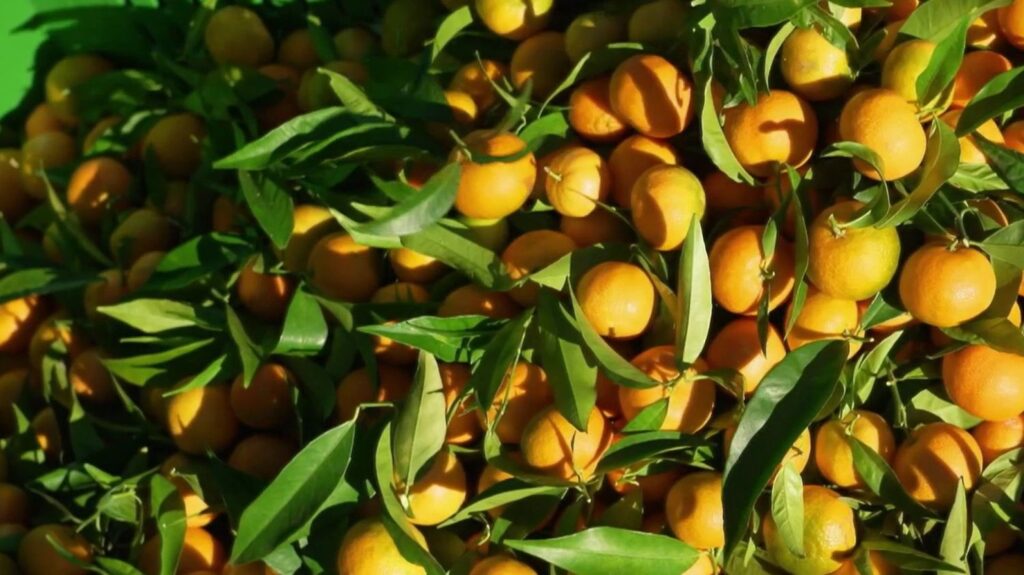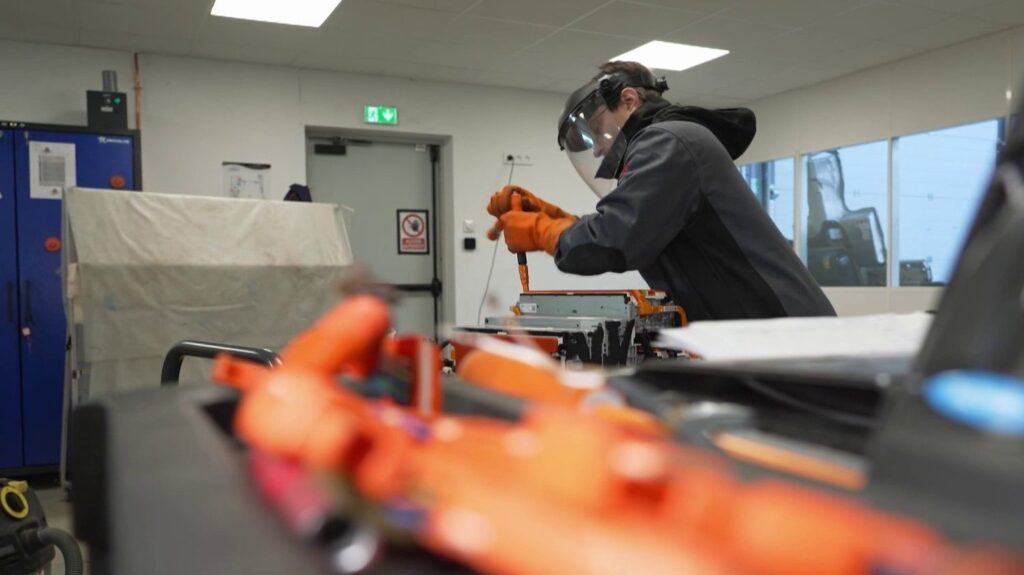Published
Reading time: 4min – video: 4min
4min
Corsican clementine is a seasonal product. The harvest has started and production is already in full swing. With its very orange color, its green leaves and its tangy taste, it proudly defends its colors on the stalls.
This text corresponds to part of the transcription of the report above. Click on the video to watch it in full.
At the edge of winter, a festival of colors invades the orchards of the east of the Isle of Beauty. Full of sunshine all year round, the clementines adorn themselves with their orange dresses. They are finally ripe, ready to be harvested. “It’s a race against time because the fruit is only ripe, let’s say, we have a shooting window of two months. And so, for two months, every day, we will collect around a ton“, says Pierre-Marie Donati.
At 22, the producer cultivates the family orchard, planted by his grandfather in the 1960s. The techniques have remained the same, the Corsican clementine must be picked by hand, always with its leaves. “This shows customers that it is a quality product, which is very fresh and which has just been picked. If you see that it is starting to curl up completely, it may already be a few days old.“, indicates the Corsican producer.
Cultivated by nearly 200 producers, the Corsican clementine is celebrating its 100th anniversary this year. Originally imported from Algeria, today it finds on its plains an ideal climate between sea and mountains. “The sea has a shock-absorbing effect. When there is a little bit of cold, the sea is always at its lowest at 13, 14 degrees. And so, we never freeze here“, underlines Mathieu Donati. In a few days, these clementines will be transported to the continent by boat.
But in Corsica, they are already there, sold along the roads: 2.85 euros per kilo. It’s twice as expensive as in the rest of France. A joy for these customers. “They have a lot of flavor, they are juicy, they are excellent, there is nothing to say“, rejoices a customer.
More expensive than its Spanish cousin, Corsican clementines represent only 10% of consumption in France. So, so as not to waste any fruit, two factories have just emerged from the ground in recent years. The goal: to give unsaleable citrus fruits a second chance. “These are clementines which are excluded from the sector for aesthetic reasons, mainly. They’re a little too green, or they’re stained, or they’re too big, too small“, explains Jean Do Ventini, director of the Corsican fruit and vegetable workshop.
The leaves are sold to the pharmaceutical industry. The pulp, for its part, will be used to make vinaigrette. But the flagship product is this juice. More than a million liters pressed this year alone. “We have the best of the Corsican region with lots of vitamin D, vitamin C, nutrients and lots of taste. It is from one rejected fruit that we create 11 jobs and 10 seasonal jobs. We allow producers to add value to something that cost them“, develops the director.
A clementine economy which also delights Corsican restaurateurs. After soaking it for five days, Pierre Uscidda will preserve the citrus fruit in a syrup. “There will be an exchange: they will release their juice and the sugar will go inside to preserve the fruit.“, describes the restaurateur. An operation that he will repeat once a day for almost a week and this is the result.
A concentrate of sugar and acidity that it will combine with the traditional brocciu, a fresh Corsican cheese, also produced in winter. In the dining room, a customer rediscovers the flavors of her childhood. Corsican clementine is a citrus fruit to consume without moderation and especially without delay. The harvest should end in January.

/2025/10/31/clementines-de-corse-secrets-et-savoir-faire-d-une-culture-centenaire-69053041e91fc137016922.jpg)

